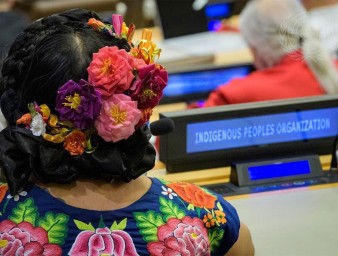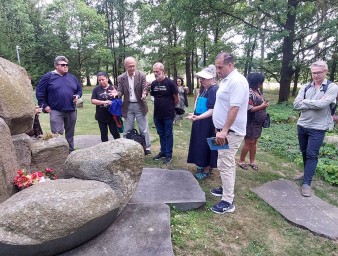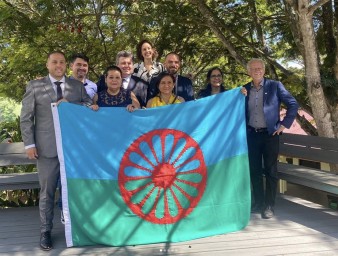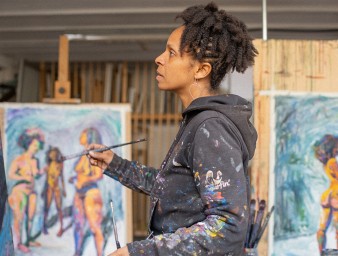International Art Contest celebrates minority artists work on statelessness
04 November 2022
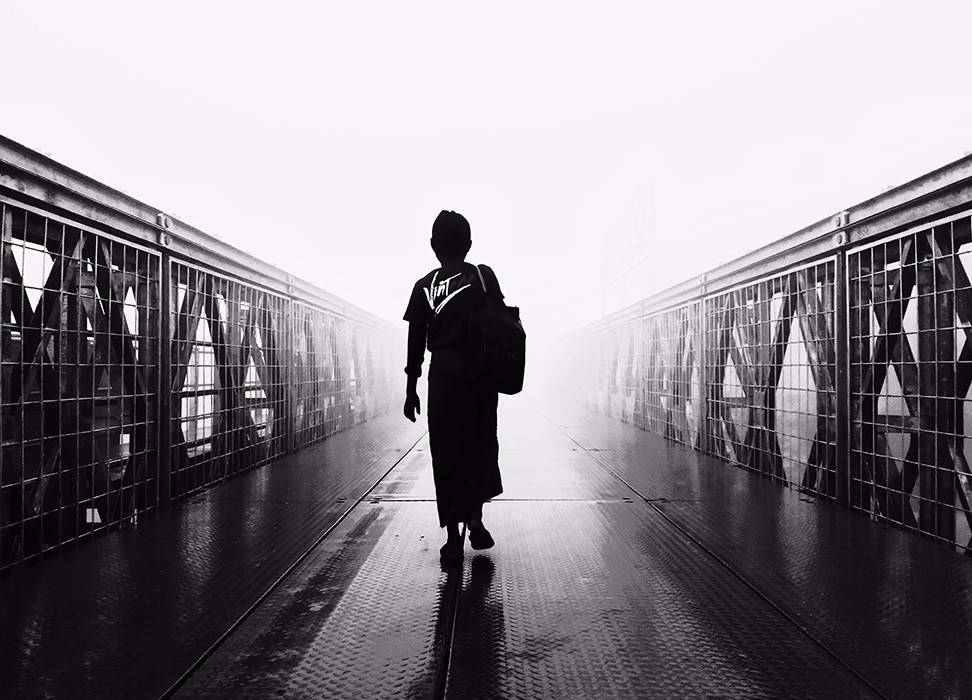
“You are just a shadow. You pass by and no one sees you,” said Nusret, a stateless person living in Montenegro.
According to the UN Refugee Agency (UNHCR), there are an estimated 4.2 million stateless people around the world just like Nusret. A stateless person is someone who not recognized as a national of any country. Minorities are disproportionately affected by statelessness throughout the world with more than 75% of stateless people being minorities.
The International Art Contest for Minority Artists Working on Statelessness Themes Awards, organized by UN Human Rights, along with partners UN Refugee Agency, Minority Rights Group International and Freemuse, aimed to support artists who have captured the dire realities of statelessness through their art. It was also an opportunity to mark the 30th Anniversary of the UN Declaration Minority Rights and the 8th Anniversary of the UNHCR #IBelong campaign.
The award winners were announced this week in Geneva during a ceremony that enjoyed the generous support of the City of Geneva. Each winner received US$1,000, which included winners Zahra Hassan Marwan, Jean Philippe Moiseau and Abdullah. Honorable mentions were artists Brang Li, Amin Taasha, Naser Moradi and Mawa Rannahr.
The artists are currently stateless, have suffered statelessness, or are threatened with it.
“These artists silhouette their realities, most significant concerns and obstacles imposed by the process of denied citizenship through their art,” said Yvonne Apiyo Brändle-Amolo, one of the judges for the contest.
According to UN Human Rights, one of the leading causes of statelessness is discrimination, including on the grounds of minority status, religion or belief, age, gender identity or gender expression, disability, language, racial or ethnic origin, sex, sex characteristics or sexual orientation — or a combination of these.
“Their artistic communication explores the notion of belonging, of fragmented existence, how it impacts their translation of the world and how the world relates to their status,” Brändle-Amolo said.
The winners
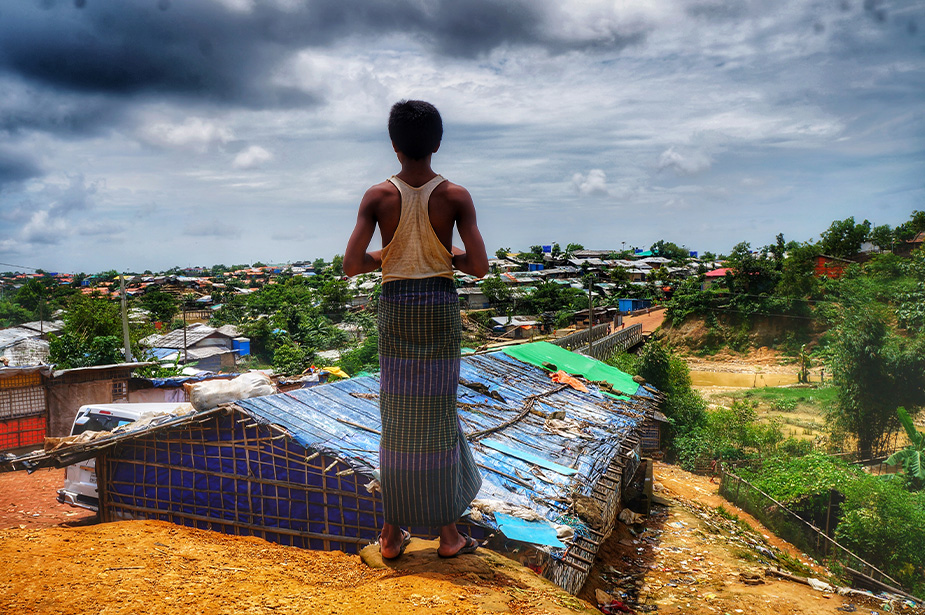
“Rohingya youth being hopeless” in the Kutupalong refugee camp, Camp-3, Bangladesh, June 2021 © Abdullah
Abdullah, a Rohingya photographer and videographer, was born stateless in Myanmar to stateless parents.
“For Rohingya living in Myanmar, having a smartphone is restricted by authorities,” he said. “I still remember the moment I bought my first Android phone, a Symphony, in 2012. Rice paddies, mountains, streams, animals, bridges, and flowers were my subjects.”
Abdullah had to flee Myanmar in 2017 and he now lives in the Kutupalong refugee camp, one of the world’s largest refugee camps in Cox's Bazar, Bangladesh, where he works with the Rollywood Rohingya Film Team making videos and taking photos about life in the camp.
“In the camp, we neither have livelihood nor education for children,” he said. “As a refugee myself, I chose this platform to share our suffering with the world. I am also trying to promote youth who have talents and an interest in art such as videography, photography, music, drawing and poetry by collecting their stories.”
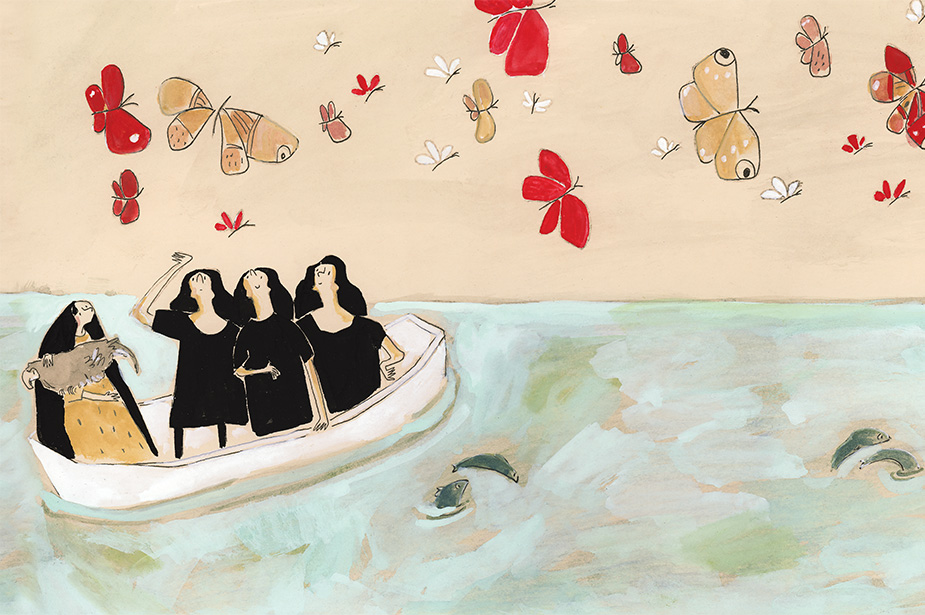
Award winner Zahra Hassan Marwan is an artist and author in the United States © Zahra Hassan Marwan
Zahra Hassan Marwan is painter who uses watercolour and ink to explore themes such as statelessness, feelings of belonging and homesickness. As a member of the Ayam minority, born to a Kuwaiti mother and stateless father, and having lived stateless for most of her life, Marwan is now a citizen of the United States.
"Since Kuwaiti law says that citizenship is passed down through the father's side, this means my brothers and I were born stateless too," she said.
Her butterfly illustrations, one of them shown above, are from her new book, “Where Butterflies Fill the Sky: A Story of Immigration, Family and Finding Home,” published by Bloomsbury Publishing, NYC in 2022.
“The story is about the confusion I felt as a child, about not wanting to leave my home and my family,” she said. “The story is about the luck of coming to New Mexico, United States where people have treated me like I belong, while constantly hoping that I can be with my family again.”
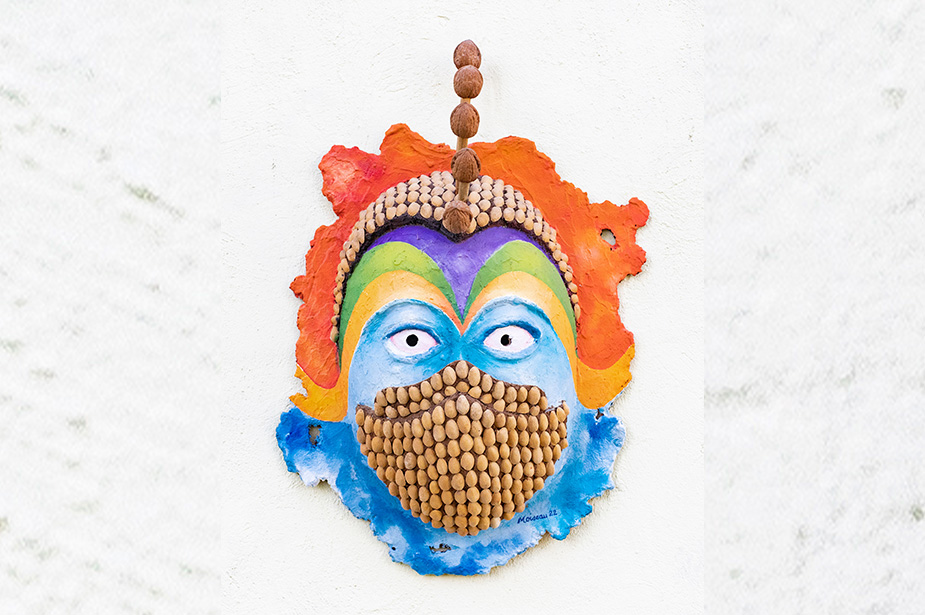
Mask by Haitian artist Jean Philippe Moiseau, “Los Olvidados del COVID” (The Forgotten by COVID), Dominican Republic, 2020.© Jean Philippe Moiseau
A plastic and recycling artist, Jean Philippe Moiseau is from the Haitian minority group who explores the discrimination facing Haitian communities and their descendants born in the Dominican Republic through his paintings, sculptures, engraved metal objects and masks.
Some of Moiseau’s artwork depicts the impacts of discriminatory laws, policies, and practices facing Haitian minorities in the Dominican Republic. One discriminatory policy that impacted his minority group was the 2013 ruling of the Constitutional Court of the Dominican Republic that led to the overturning of nationality for thousands of people who were born in the Dominican Republic, most of them of Haitian descent.
“Moiseau uses elements of traditional arts – reflected in the forms, colours and materials – to make a strong critique of exclusionary politics,” said Aline Miklos, one of the judges of the minority artists’ contest. “In his artwork, art and politics are intertwined to denounce the grave human rights violations facing Haitian minorities who reside in the Dominican Republic.”
Miklos found that all the award winner’s artwork can be used as a tool for positive, social reform in the global legal and political landscape.
“In using art as a communication medium, artists consciously or unconsciously initiate social, political or symbolic change,” she said.
HONORABLE MENTIONS
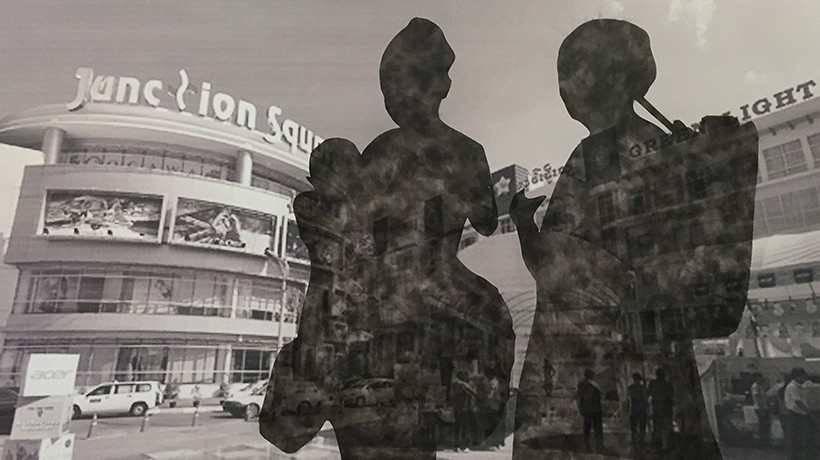
“No More Life” Series, Yangon, Myanmar, 2016, Print and soot on canvas, by artist Brang Li
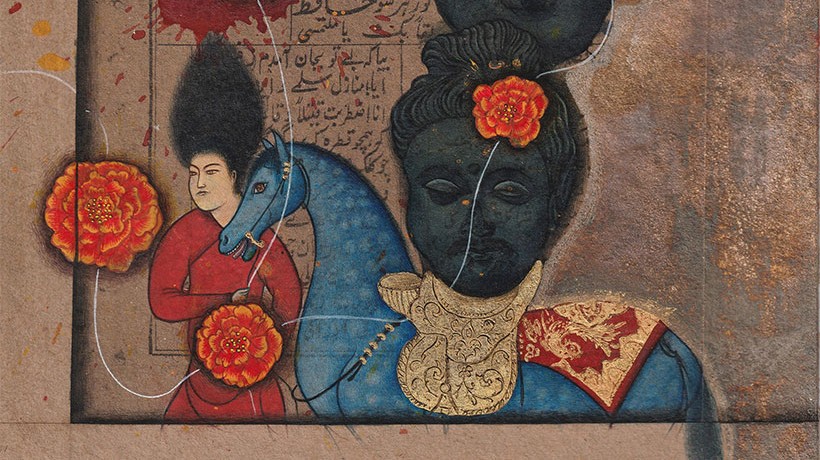
“Let's go”, Yogyakarta, Indonesia, 2022, Watercolor, gouache, gold, silver on paper by artist Amin Taasha.
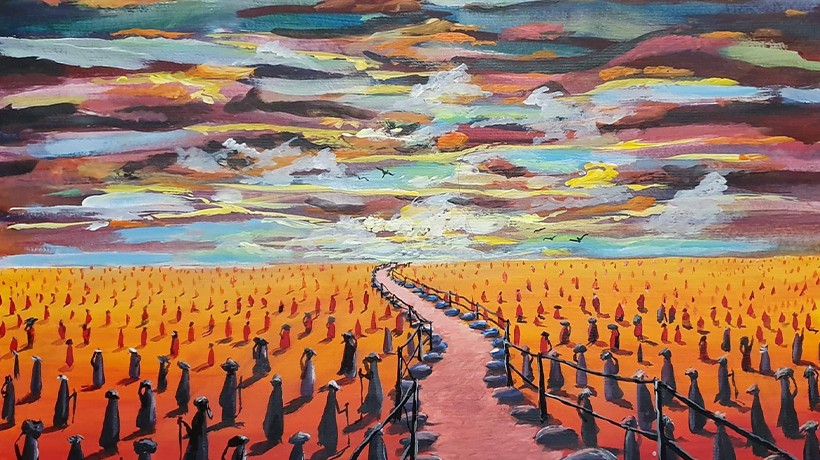
“Forced Displacement”, Australia, 2019, Mixed media on canvas by artist Naser Moradi.
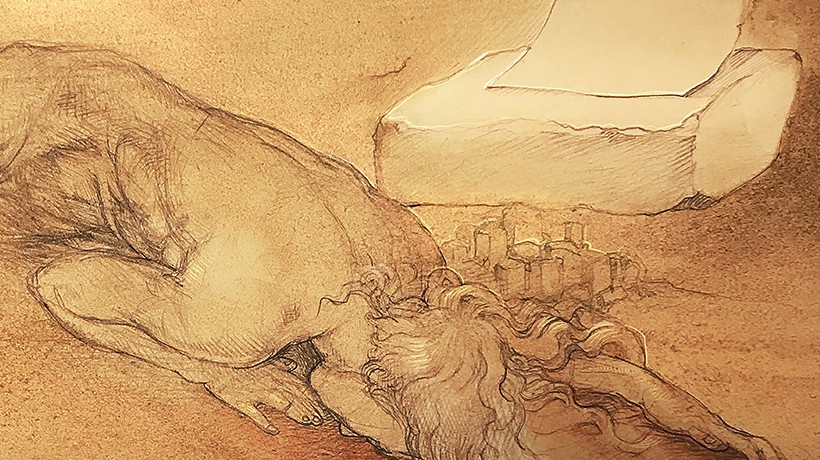
“The Weight of Paper” United States, 2021 Pencil, ink on paper by artist Mawa Rannahr.
